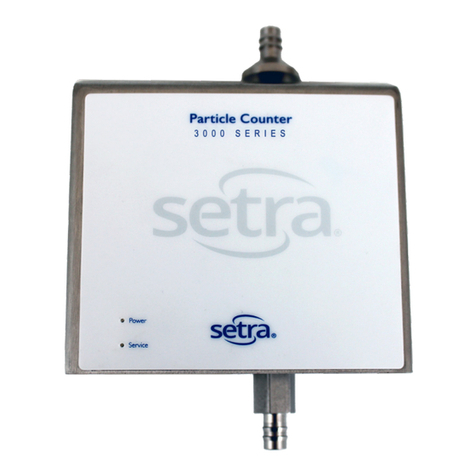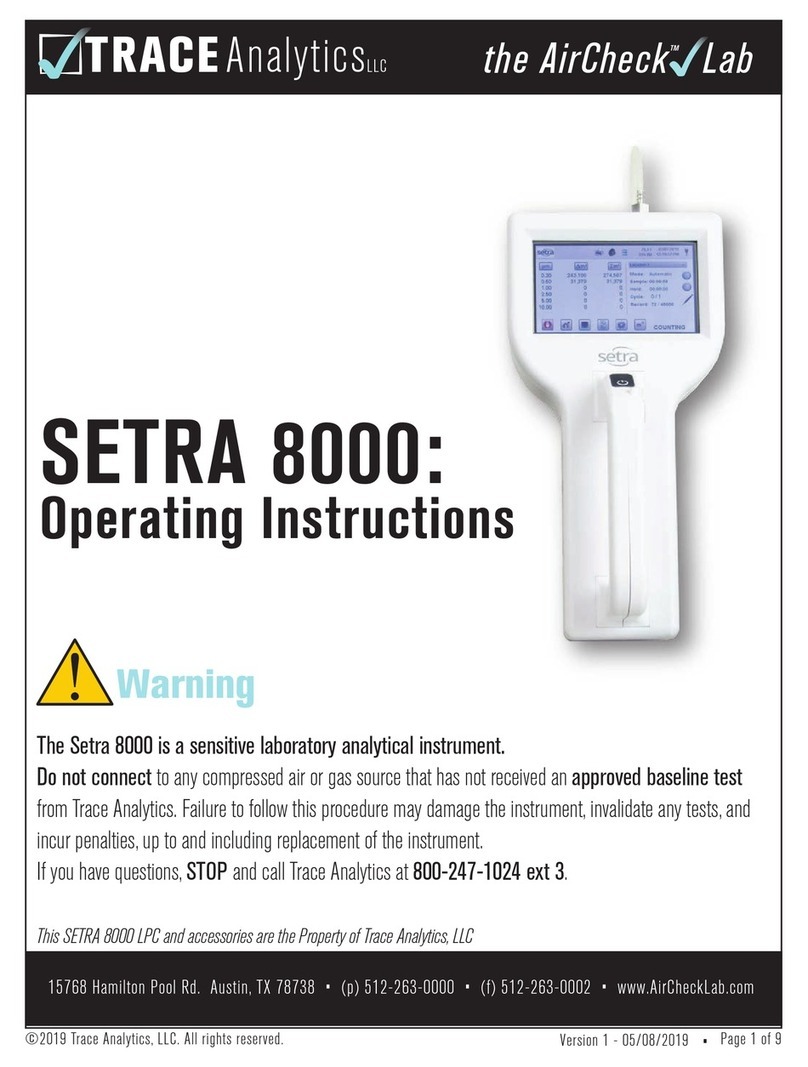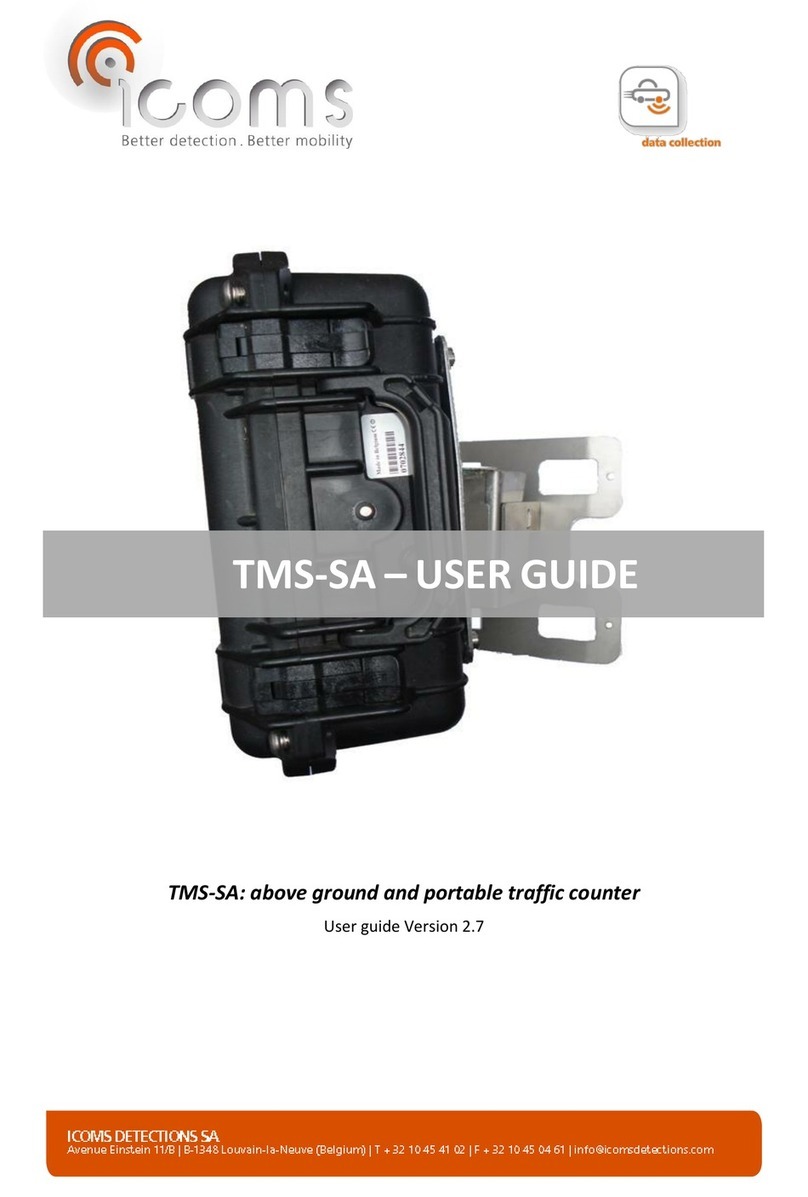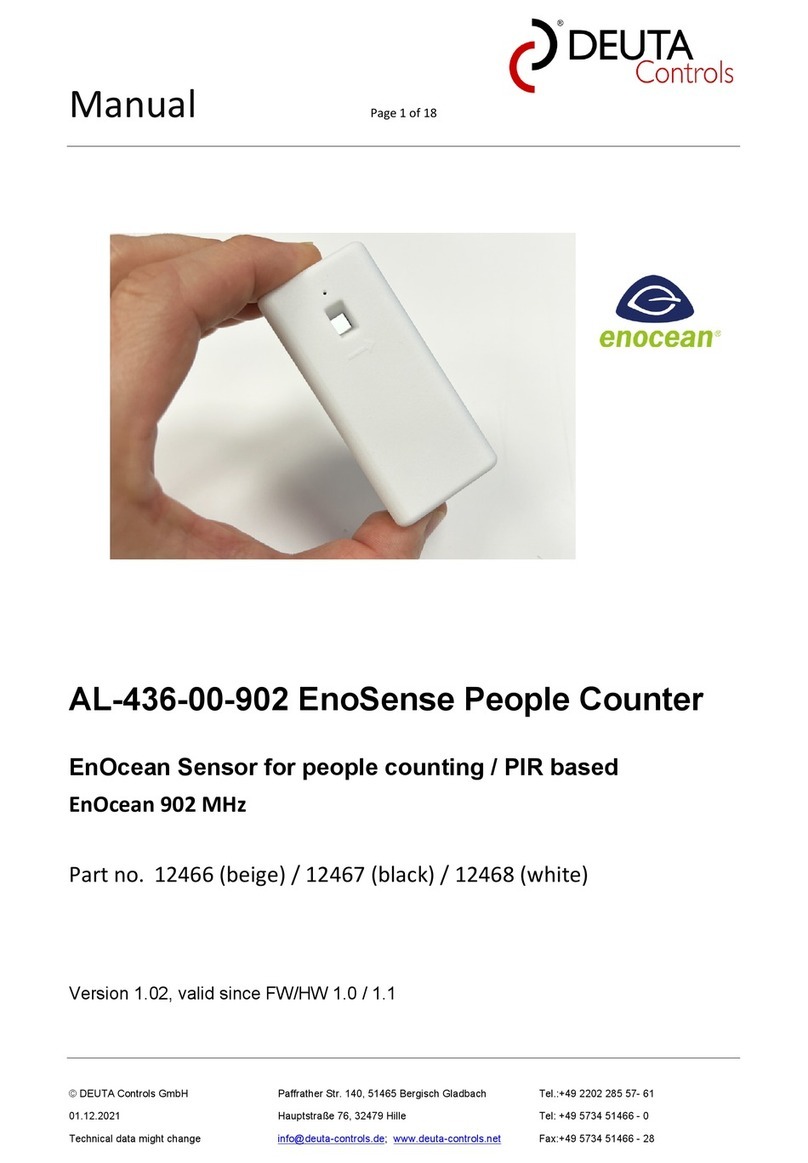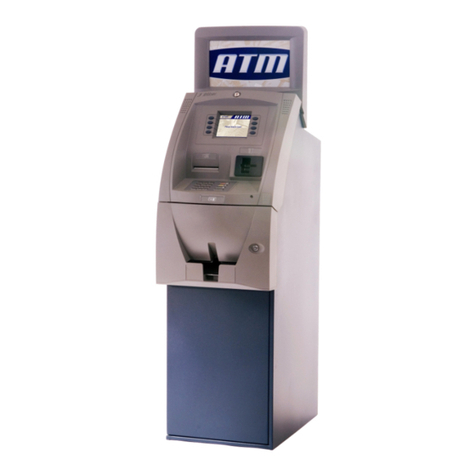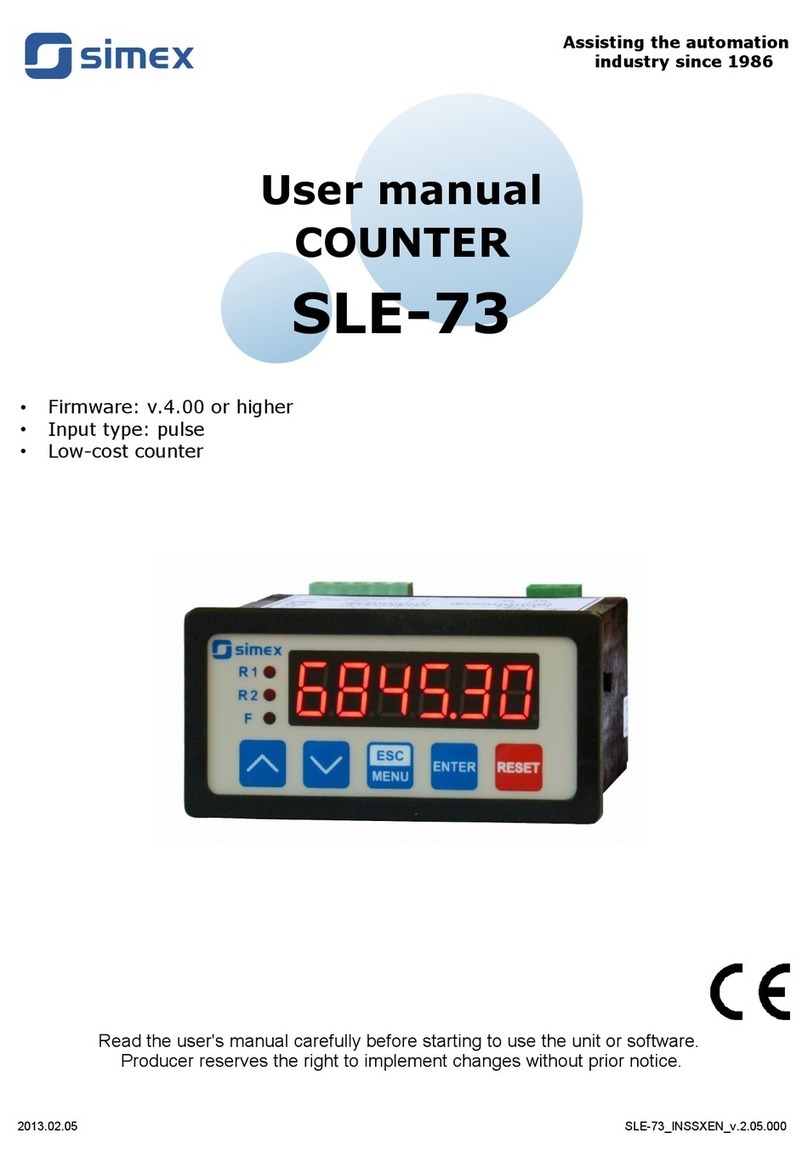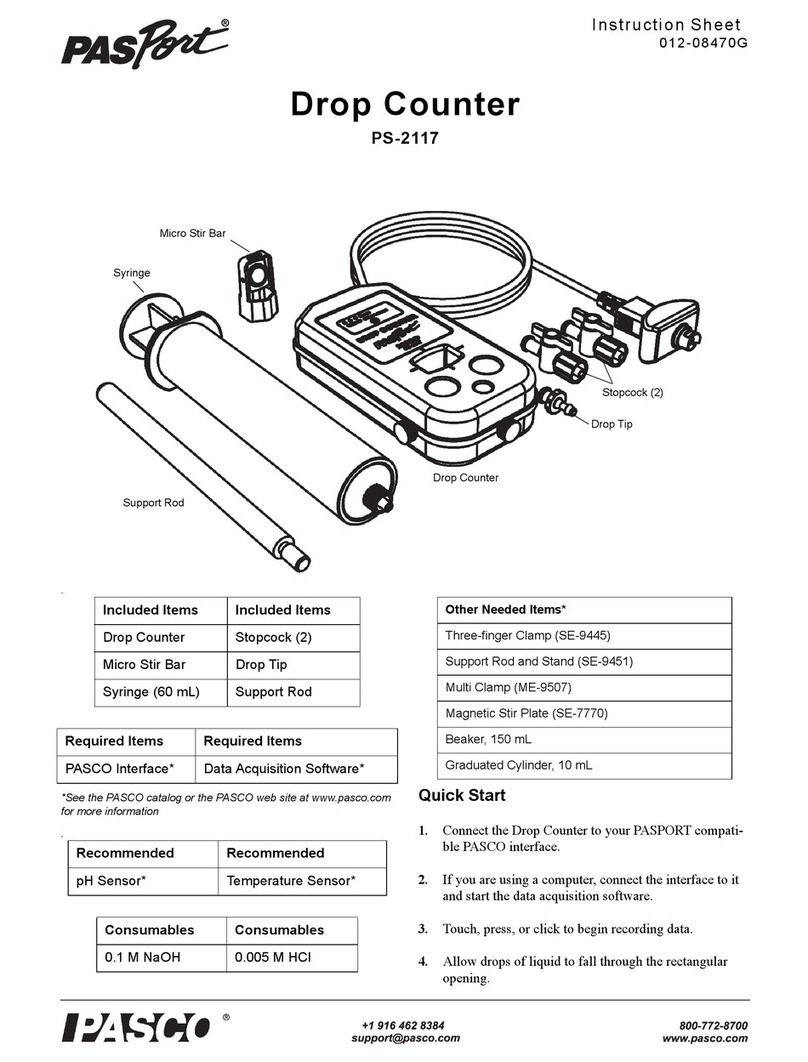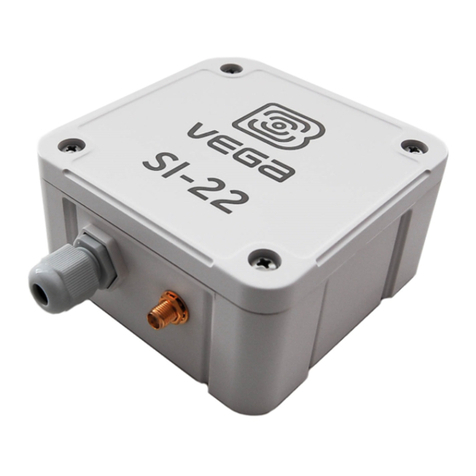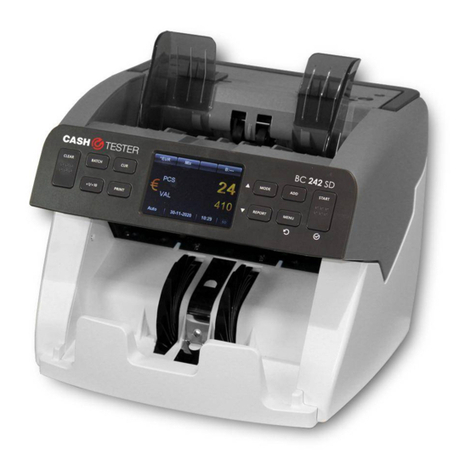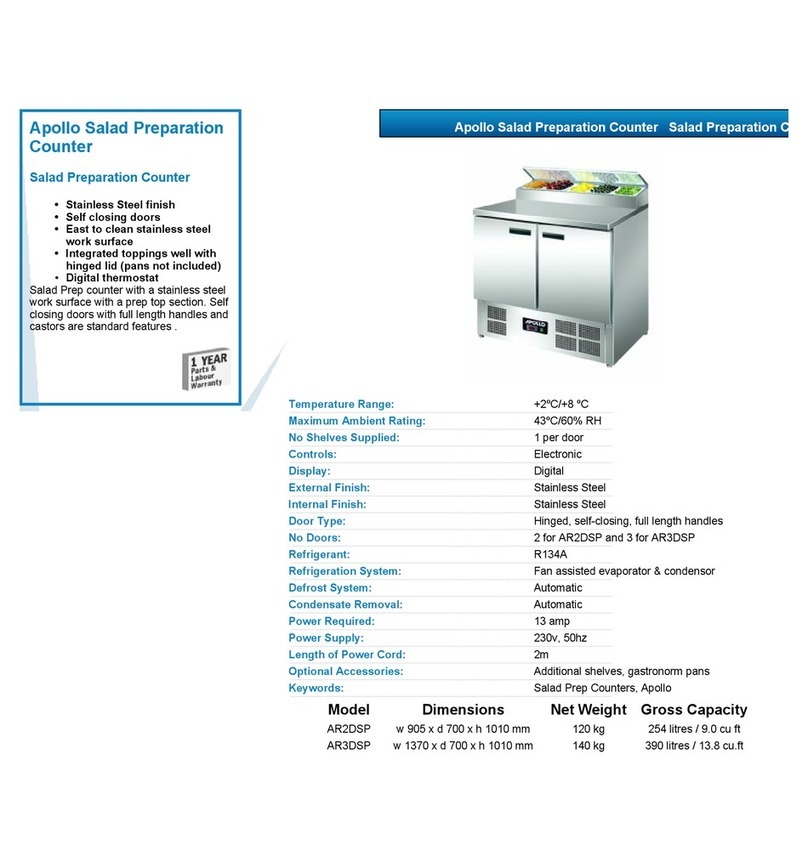Setra Systems SPC3000 Series User manual

SPC3000 Series
Particle Counters
User's Manual
Version 2.0

2
Copyright 2021 by Setra Systems, Inc., All Rights Reserved. No part of this publication may be reproduced, stored in a
retrieval system, or transmitted in any form or by any means, electronic, mechanical, photocopying, recording, or otherwise,
without the prior written permission of Setra Systems, Inc. The information contained in this document constitutes proprietary
trade secrets of Setra Systems. You are not allowed to disclose or allow to be disclosed such information except as allowed
by Setra Systems in writing. No patent liability is assumed with respect to the use of the information contained herein. While
every precaution has been taken in the preparation of this manual, Setra Systems, Inc. assumes no responsibility for errors or
omissions. Neither is any liability assumed for damages resulting from the use of the information contained herein.
Neither Setra Systems, Inc. nor its affiliates shall be liable to the purchaser of this product or third parties for damages, losses,
costs, or expenses incurred by purchaser or third parties as a result of: accident, misuse, or abuse of this product or
unauthorized modifications, repairs, or alterations to this product, or failure to strictly comply with Setra Systems operating and
maintenance instructions.
Setra Systems, Inc. shall not be liable against any damages or problems arising from the use of any options or any products
or accessories other than those designated as Original Setra Systems Products or Setra Systems approved.
Products by Setra Systems, Inc. - SPC3000 Series
Setra Systems, is a registered trademark of Setra Systems, Inc.
MODBUS is a registered trademark of Schneider Automation Inc.
Microsoft™, Windows™ and Excel™ are trademarks of Microsoft Corporation
NOTICE: The contents of this manual are subject to change without notice.
Product Name: Setra Systems. Inc. SPC3000 Series Remote Particle Counter
Model Numbers: SPC33014M3NWNNS, SPC33014M3PWNNS, SPC35014M3NWNNS, SPC35014M3PWNNS,
SPC35102M3NWNNS, SPC35104M3NWNNS
The following standards are applied only to the particle counters that are so labeled. EMC is tested using Setra Systems
power supplies.
North America: EMI: FCC/ICES-003 Class A
FCC Compliance Statement for American Users
This equipment has been tested and found to comply with the limits for a Class A digital device, pursuant to Part 15 of the
FCC Rules. These limits are designed to provide reasonable protection against harmful interference when the equipment is
operated in a commercial environment. This equipment generates, uses, and can radiate radio frequency energy and, if not
installed and used in accordance with the instruction manual, may cause harmful interference to radio communications.
Operation of this equipment in a residential area is likely to cause harmful interference, in which case the user will be required
to correct the interference at their own expense.

3
Table of Contents
Contents
1-1
Overview.................................................................................................................................................4
1-2
Specifications ........................................................................................................................................5
1-3
Included Accessories............................................................................................................................7
1-4
Optional Accessories............................................................................................................................8
1-5
Product Views........................................................................................................................................9
2-1
Unpacking and inspecting the Instrument........................................................................................10
2-2
Registering Your Product...................................................................................................................10
2-3
Contacting Setra Systems..................................................................................................................10
2-4
Storing and Shipping the Instrument................................................................................................10
2-5
Power Considerations and Connecting to AC Power......................................................................10
2-6
Turning the Unit On.............................................................................................................................10
2-7
Laser Safety Information ....................................................................................................................11
2-8
Electrostatic Safety Information ........................................................................................................11
3-1
Interpreting Indicators.........................................................................................................................12
3-2
Connections.........................................................................................................................................13
3-3
Installation............................................................................................................................................14
3-4
Data Port...............................................................................................................................................15
3-5
Single Sensor Installation...................................................................................................................15
3-6
Multiple Sensor Installation................................................................................................................16
3-7
Cautions During Setup........................................................................................................................16
5-1 Maintenance/Calibration.....................................................................................................................17
Appendix –A..............................................................................................................................................19

4
1-1
Overview
Thank you for purchasing a Setra Systems particle counter, the world’s smallest, remote particle counter
sensor available for measuring and monitoring particle counts in clean room and controlled
environments for the Aerospace, Life Science, Data Storage, IAQ and Industrial Hygiene Markets.
This user manual will provide the detailed explanation and instructions for the proper use and operation
of this feature-rich particle counter.
The Setra Systems particle counters provide a range of particle size measurement from 0.3 µm to 10.0
µm for both 0.1 and 1.0 CFM flow. These sensors allow for efficient particle counting with high accuracy
and resolution that meets ISO 21501-4 for the calibration of a particle sensor.
These particle counters are configured with 2 or 4 particle size channel versions. The output of these
sensors can be accessed through the use of external software, a PLC, SCADA or facility monitoring
system that communicates via MODBUS ASCII or RTU protocols over an RS-485 connection.
Thank you,

5
1-2
Specifications
Size Channels:
SPC35102M3NWNNS
Factory calibrated at 0.5 & 5.0 μm
Size Channels:
SPC35104M3NWNNS
Factory calibrated at 0.5, 1.0, 2.5 & 5.0 μm
Size Range
0.5 to 5.0 μm
Flow rates
1.0 CFM (28.3 LPM)
Counting Efficiency
50% @ 0.5 μm; 100% for particles >0.75 μm per JIS
Size Channels:
SPC33014M3NWNNS
Factory calibrated at 0.3, 0.5, 1.0, & 5.0 μm
Size Range
0.3 to 25 μm
Flow rates
0.1 CFM (2.83 LPM)
Counting Efficiency
50% @ 0.3 μm; 100% for particles >0.45 μm per JIS
Size Channels:
SPC35014M3NWNNS
Factory calibrated at 0.5, 1.0, 2.5 & 5.0 μm
Size Range
0.5 to 25 μm
Flow rates
0.1 CFM (2.83 LPM)
Counting Efficiency
50% @ 0.5 μm; 100% for particles >0.75 μm per JIS
Size Channels:
SPC33014M3PWNNS
Factory calibrated at 0.3, 0.5, 1.0, 2.5 & 5.0 μm
Size Range
0.3 to 25 μm
Flow rates
0.1 CFM (2.83 LPM)
Counting Efficiency
50% @ 0.3 μm; 100% for particles >0.45 μm per JIS

6
Size Channels:
SPC35014M3NWNNS
Factory calibrated at 0.5, 1.0, 2.5 & 5.0 μm
Size Range
0.5 to 10 μm
Flow rates
0.1 CFM (2.83 LPM)
Counting Efficiency
50% @ 0.5 μm; 100% for particles >0.75 μm per JIS

7
Zero Count
<1 count / 5 minutes (<2 particles / ft³) (per ISO 21501-4 & JIS)
Calibration
NIST traceable
Vacuum Requirements
External vacuum >15” (38.1 cm) of Hg
Communication Modes
MODBUS™ RTU or ASCII outputs (specified upon order)
Connections
RS-485
LED Indicators
User-settable LED Ring
Green: Solid or blinking based on Modbus register value
Red: Solid or blinking based on Modbus register value
Power LED
Green: Solid = Power, Blinking = Counting
Service LED
Red: Off = No Faults, Blinking = Fault(s)
Standards
ISO 21501-4 and JIS B9921
Calibration
Recommended minimum once per year
External Surface
Stainless Steel
Dimensions (L x W x H)
1.85” x 3.58”x 3.37” (4.7 cm x 9.1 cm x 8.6 cm)
Not including probes or connectors
Weight
1.07 lb. (0.485 kg)
Accessories
Wiring connector
Optional Accessories
Isokinetic probes, purge filter assembly
Power
9-24 VDC
Operating Conditions
41º to 104ºF (5º to 40ºC) / 20% to 95% non-condensing
Storage Conditions
32º to 122ºF (0º to 50ºC) / Up to 98% non-condensing
Warranty
2 Years. Extended warranties available.
Please note that specifications are subject to change without notice.

8
1-3
Included Accessories
Description
Part Number
Image
Wiring Connector
AS-99086
3000 Series User Manual
(USB Key –One per order)
MN-24028

9
1-4
Optional Accessories
Description
Part Number
Image
Isoprobe 0.1 CFM (2.83 LPM) Stainless Steel
PS-12041
Isoprobe 1.0 CFM (28.3 LPM) Stainless Steel
AT-2101
Purge Filter Assembly 0.1 CFM (2.83 LPM)
AS-99002A
Purge Filter Assembly 1.0 CFM (28.3 LPM)
AS-99041A

10
1-5
Product Views

11
2-1
Unpacking and inspecting the Instrument
Careful consideration was given to our packing material to ensure that your Setra
Systems Instrument will reach you in perfect condition. If the Instrument has been
subject to excessive handling during shipping, there may be visible damage to the
shipping carton. In the event of damage, keep the shipping container and packing
material for the carrier’s inspection. Carefully unpack the Instrument from its shipping
container and inspect the contents for damaged or missing items. If the Unit appears
damaged or something is missing, contact the carrier and Setra Systems immediately.
Please save the container and packing material in case you must return the
Instrument.
2-2
Registering Your Product
All Setra Systems Instruments are automatically registered upon sale for the warranty
period and tracked by Serial number.
2-3
Contacting Setra Systems
To order accessories, receive technical assistance, report damaged or missing items
from your shipment, or get contact information for your nearest Setra Systems
authorized reseller, call +1-800-257-3872 or +1-978-264-0292
2-4
Storing and Shipping the Instrument
If the unit needs to be packed and shipped for annual calibration or service, it is
recommended to use the original packing materials. If they are not available, please
insure that the instrument is packaged in a box that is sturdy and that the unit is well
protected with proper packing materials to cushion and protect it from harm during
transit.
To store the instrument, place it in a box, under cover, in an environment as stated in
our specifications.
2-5
Power Considerations and Connecting to AC Power
The Setra Systems 3000 Series Instrument is powered from a customer provided
external DC power source between 9 –24 VDC.
2-6
Turning the Unit On
The 3000 Series instruments are designed to operate as fixed installed instruments, and
automatically power on when power is applied to the external power connector. The
instrument can be powered down if the power connection is removed.

12
2-7
Laser Safety Information
The Remote Particle Sensor is a Class 1 laser-based instrument.
•During normal operation, you will not be exposed to laser radiation.
•Precaution should be taken to avoid exposure to hazardous radiation in the
form of intense, focused, invisible light.
•Exposure to this light may cause blindness.
Take these precautions:
•DO NOT remove any parts from the particle sensor unless you are specifically
told to do so in this manual.
•DO NOT remove the housing or covers. There are no user-serviceable
components inside the housing.
DANGER
◆
Any use of controls, adjustments, or procedures other than those
specified in this manual may result in exposure to hazardous optical radiation.
WARNING
2-8
Electrostatic Safety Information
Please complete all service and maintenance work at a static-safe work station.
If you fail to do so, electrostatic discharge (ESD) may result in damaging
electronic components. Please consider the following for creating a static-safe
work station:
•Make sure all the test instruments are earth-grounded.
•Use a resistor-isolated wrist strap as well as a grounded conductive table mat.

13
3-1
Interpreting Indicators
Figure 3-1 Front Panel LEDs
LED Indicators
User-settable LED Ring
Green: Solid or blinking based on Modbus register value
Red: Solid or blinking based on Modbus register value
Power LED
Green: Solid = Power, Blinking = Counting
Service LED
Red: Off = No Faults, Blinking = Fault(s)
Power
Indicator (Green)
Service
Indicator (Red)
LED Ring
Indicator (Red/Green)

14
3-2
Connections
Figure 3-2 Connections on Top of Instrument (inlet)
Figure 3-3 Connections on Bottom Right of Instrument (vacuum connection)

15
3-3
Installation
Please follow the steps below to prepare the instrument.
1. Locate where instrument(s) are going to be mounted.
2. Attach the Optional Isokinetic Inlet Joint Tube to the top of the inlet.
Figure 3-5 Attach Optional Isokinetic Inlet to Joint Tube
3. Attach the Optional Isokinetic Inlet to Joint Tube.
Figure 3-6 Attach Optional Isokinetic Inlet to Joint Tube to Inlet

16
4. Please refer to section 3.4 and 3.5 for communication and wiring details.
5. Attached the sensor to an external vacuum pump system with a tube at the bottom
of the instrument. Add a negative pressure gauge to the other end of the tube. If the
pressure is more than -15 in.Hg (-50kPa) vacuum. The flow rate of a 3000 series is
controlled to maintain proper flow (There is a critical orifice inside of the unit, which
controls the flow rate when the negative pressure is equal to our greater than -15
in. Hg (-50kPa) vacuum. After checking the negative pressure, remove the negative
pressure gauge, and then attach the tube to the outlet on the bottom of the sensor.
There is flow sensor in the unit. When the flow value is below the target threshold (e.g.
the tube is bent, vacuum pump is not functioning, etc.), the sensor status register
during sampling (see Modbus register map) will indicate a flow error. The Modbus Last
record flow rate register (see Modbus register map) can be used to monitor flow rate.
3-4
Data Port
The connector on the bottom of the instrument is used to communicate with your facility
monitoring system, Cleanroom Monitoring System, SCADA, or PLC.
Table 3-4 Connector Pin-outs
3-5
Single Sensor Installation
Figure 3-6 illustrates how to wire the connector for a whole system.
Figure 3-5 Application for a Single Sensor

17
3-6
Multiple Sensor Installation
Figure 3-6 Typical Multiple Sensor Installation Diagram
In a multiple instrument configuration, the wires should be connected from adjacent instruments at the
terminal block connector in order to create a bus and keep stub lengths to a minimum.
3-7
Cautions During Setup
1. Factory default address for the unit is 247. The default Baud Rate is 115200 bps, but the
following baud rates are possible: 9600, 14400, 57600 bps. Communication is 8 data bits, at least 1
stop bit and no parity. The default Modbus protocol is Modbus-RTU.
2. The length of optional sampling tubing can have a length of up to 1 meter with an inside
diameter of 5 or 6 mm. If longer or thinner tubing is used it could create head loss and reduce
the flow rate. Please select the tube made of antistatic materials and deploy as straight as
possible.

18
4-1 Communication Protocol
The remote particle sensor can be communicated with using the Modbus-RTU
or Modbus- ASCII protocol. Facility/Cleanroom Monitoring software can be
used as the monitoring system. If you would like to use your own monitoring
system, please contact Setra Systems, Inc.
5-1
Maintenance/Calibration
•Please do not open the enclosure of the unit. If you need to open the
enclosure, please contact Setra Systems for consultation.
•ISO 21501-4 states that the recommended calibration interval of an LSAPC
(light scattering airborne particle counter) is one year or less. For calibration,
please contact Setra Systems or an authorized distributor.
•Please check the negative pressure at the tube (where it connects to the
outlet of the unit) to ensure that the vacuum pump is providing enough
negative pressure to the unit.
See Section 3.3, line 5 for more details.
•Before cleaning / disinfecting the environment, please turn off the unit, stop
the vacuum pump, and then put the included red cap on the inlet nozzle.
For cleaning (fumigation) please be sure to follow this procedure:
[Before fumigation]
1. Turn off the Power of the unit.
2. Turn off the vacuum pump.
3. Put the red inlet cap on the isokinetic probe to protect the optical block
from the agent.
[After fumigation]
4. Please make sure the air ventilation is completed (If agent is left in the
environment and gets into the optical block, it will cause a malfunction).
5. Turn on vacuum pump and power.

19
Appendix
–
A
The MODBUS Register Map can be found on the USB memory stick as
a separate PDF document file

Setra Systems, Inc.
159 Swanson Road
Boxborough, MA 01719, USA
Phone: +1-978-264-0292
www.setra.com
Table of contents
Other Setra Systems Cash Counter manuals
Popular Cash Counter manuals by other brands
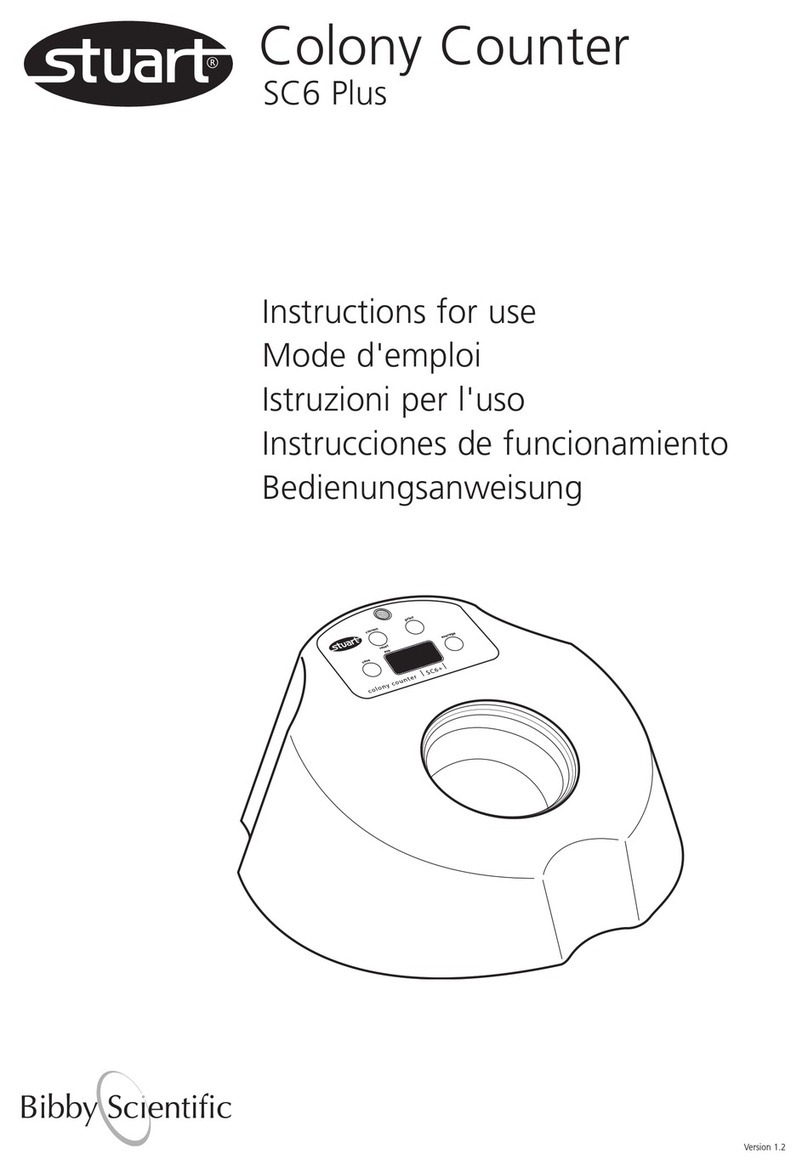
Stuart
Stuart SC6 Plus Instructions for use
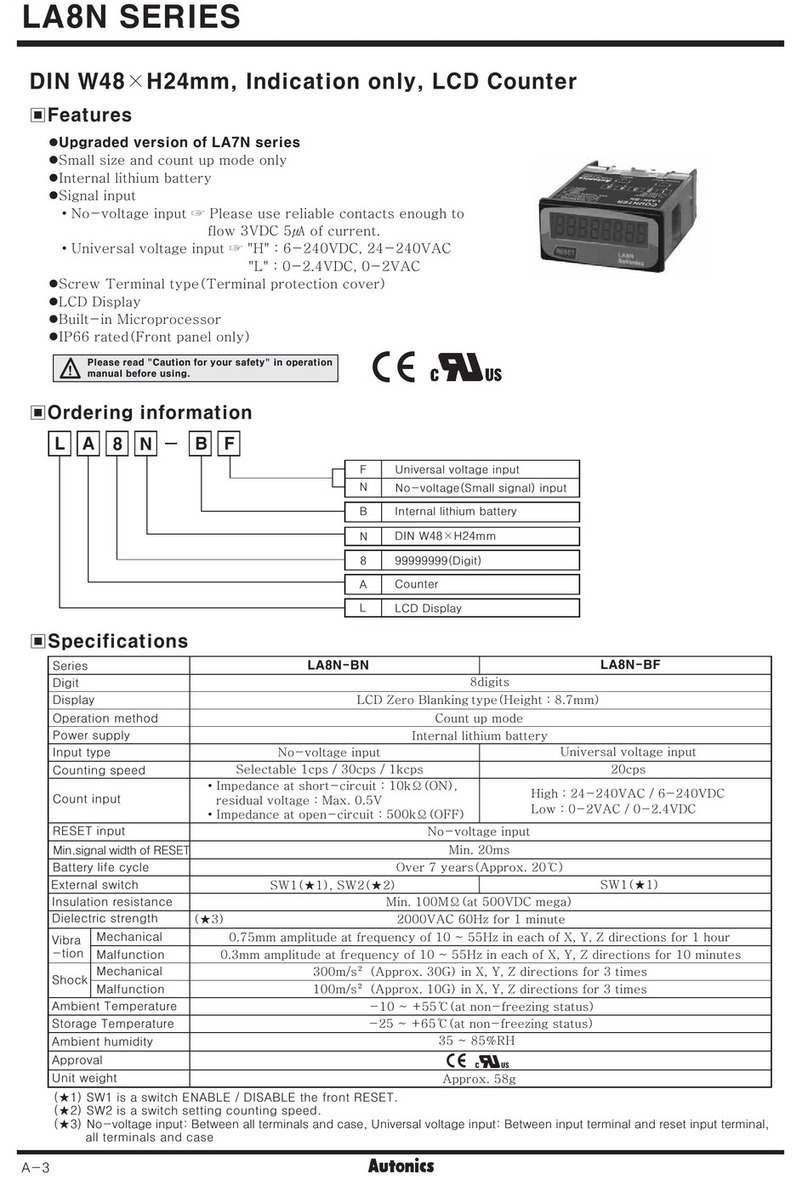
Autonics
Autonics LA8N Series quick start guide
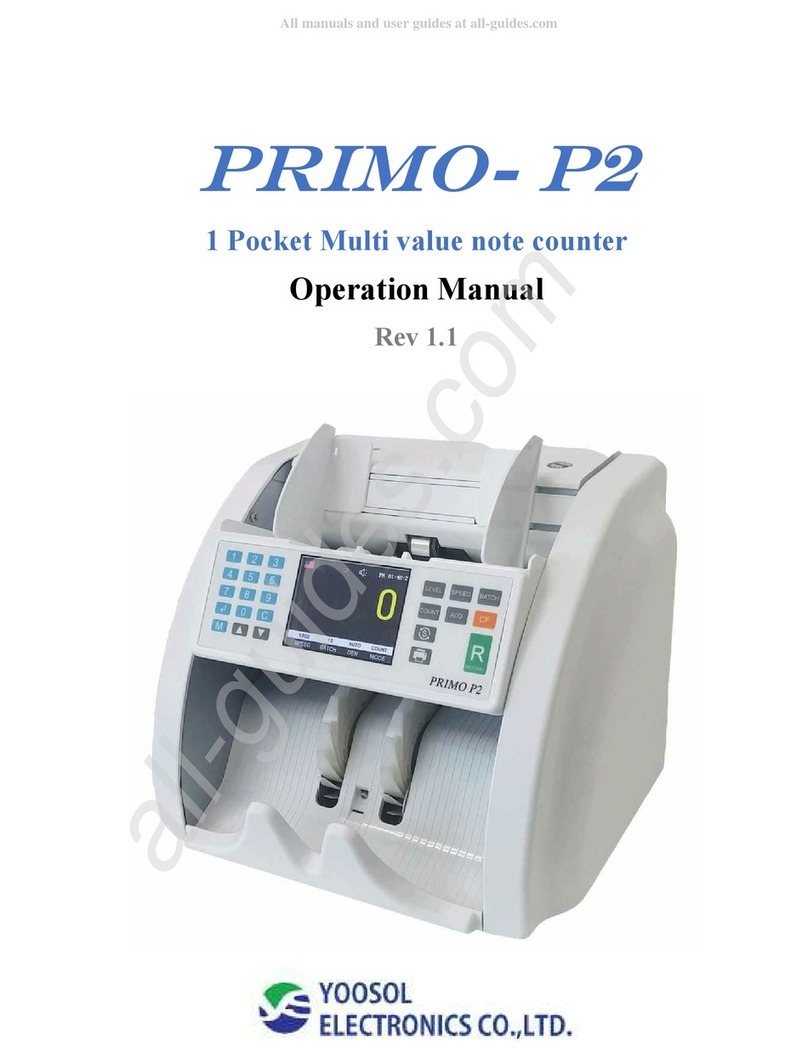
Yoosol Electronics
Yoosol Electronics PRIMO-P2 Operation manual
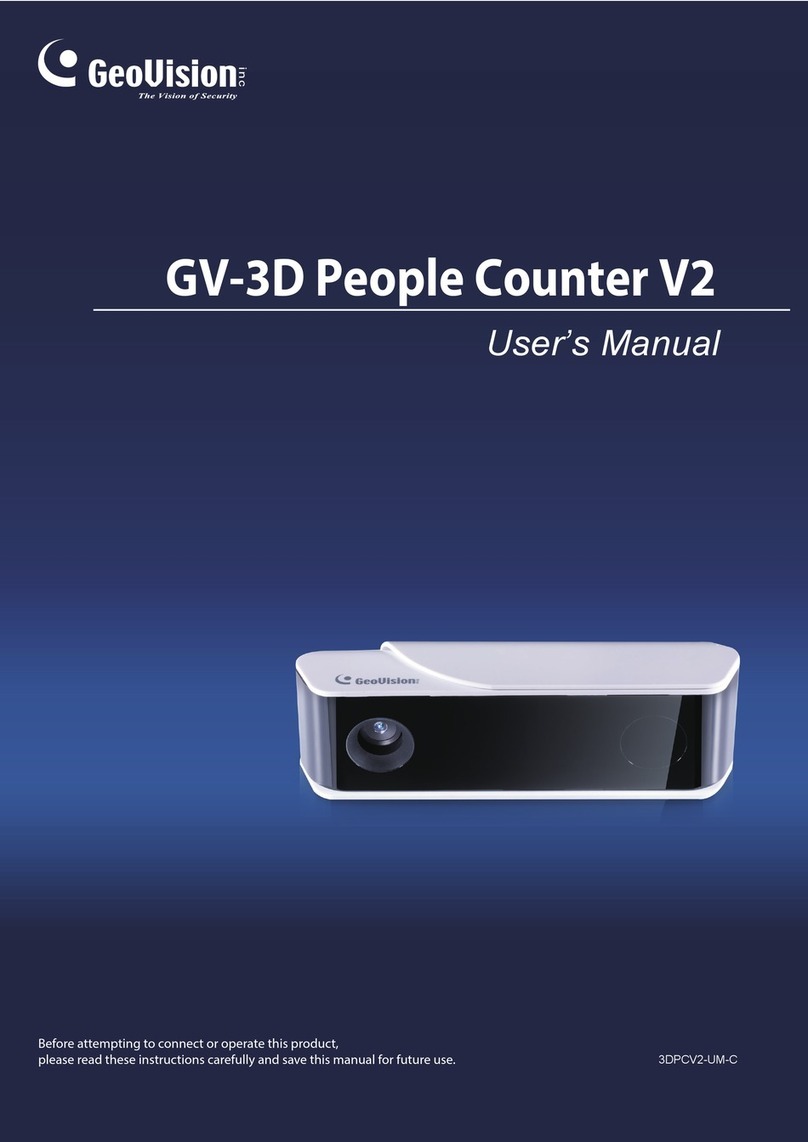
GeoVision
GeoVision GV-3D People Counter V2 user manual

Royal Sovereign
Royal Sovereign RBC-1000 Series owner's manual
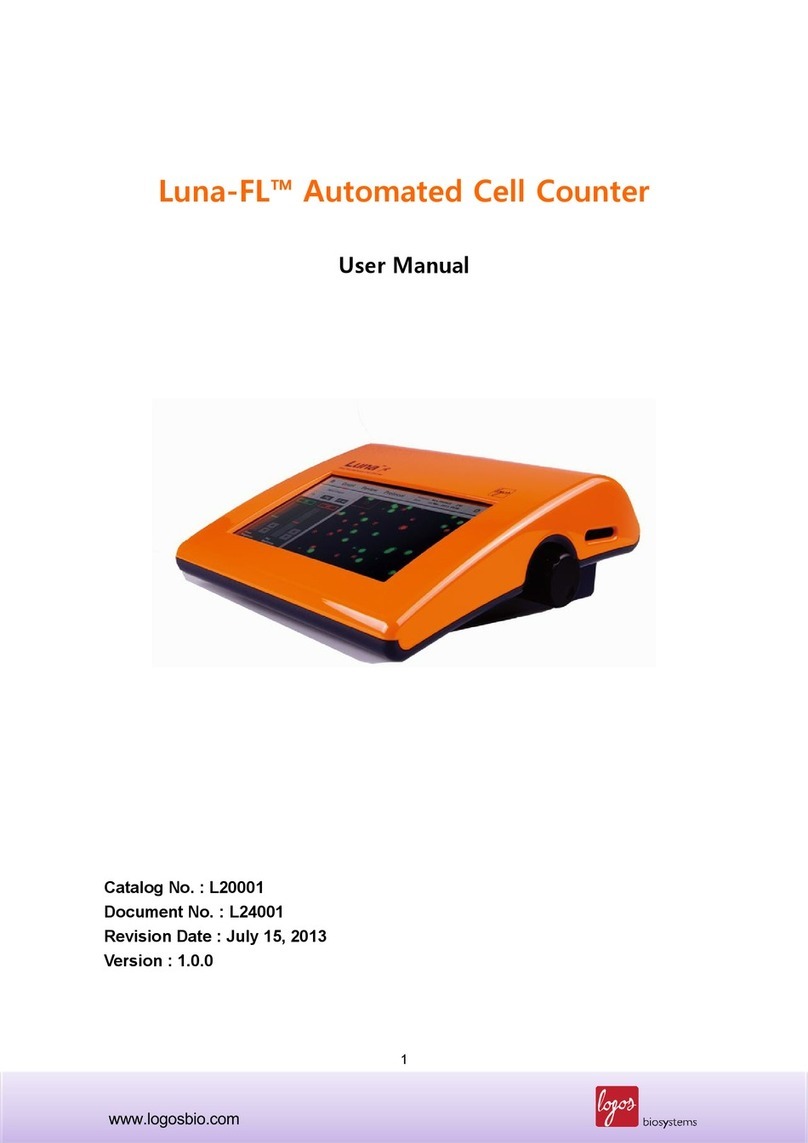
logos biosystems
logos biosystems Luna-FL user manual
